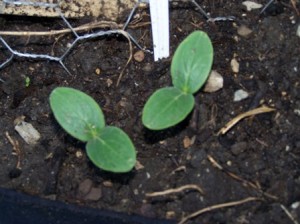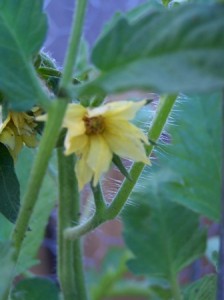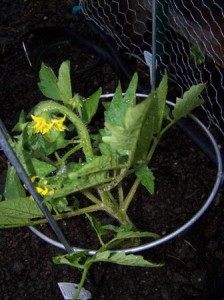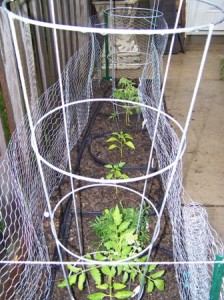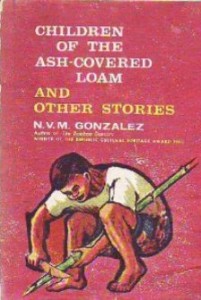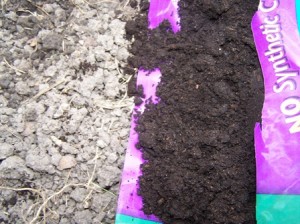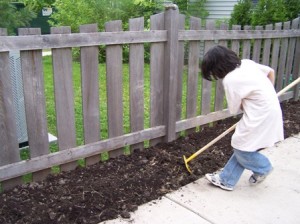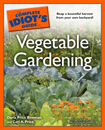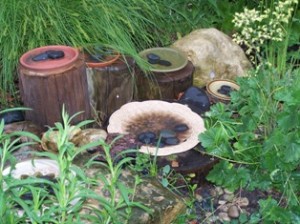What if the land did not belong to us? And we could not own it? What if we belonged to the land? In my family, we have this idea, a Filipino tradition, a value and a feeling: utang na loob. It’s been translated as a “debt of gratitude”. It is profound, inescapable, and there is no way to pay it back. It is also beautiful…because it binds people together. What if we felt this way about the land we live upon? The soil that provides nutrients, the seedlings which sprout from it, the vegetables and fruits who blossom and nourish us?
Even though I have a great love of nature, I don’t think I fully live this sense of utang na loob, this debt of gratitude, towards the Earth. Of course, this way of thinking, of being is not new. Sixteenth-century Filipinos did not “own” land, the land that the diwata, the nature gods and goddesses dwelled in, was sacred. It could not be owned by human beings. Nature was the temple of the Divine. We did, however, ask for permission to use it. To cut down trees, to plant fields…it was cultural ecology. It was ancient conservation before there was a need for the term.
I ponder my gratitude as many of the seeds we planted at the end of May have sprouted! Joy and delight! I wish I knew planting songs so that I could sing them with friends. It’s gorgeous to see fertility emerging.
My boy and I come out in the mornings to check on the lupa, the soil. We look at the patch and ask, “How are our babies doing?” And there’s always something new. To the left are cucumber seedlings. I love the smooth leaves and the fresh green, so tender.
To the right are tomato blossoms. TOMATO BLOSSOMS! In the market, at best I’ll see ripened tomatoes strung together on their vine. But to see the blossoms is a beautiful thing for a novice like me. The organic vegetable patch has become a sanctuary of sorts — yes, weeds and all (for another post).
See the pale, cheery yellow? Delicious summer color. 🙂
-MGB

